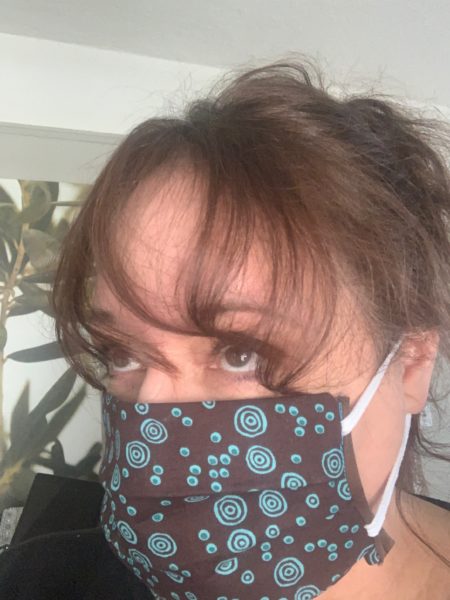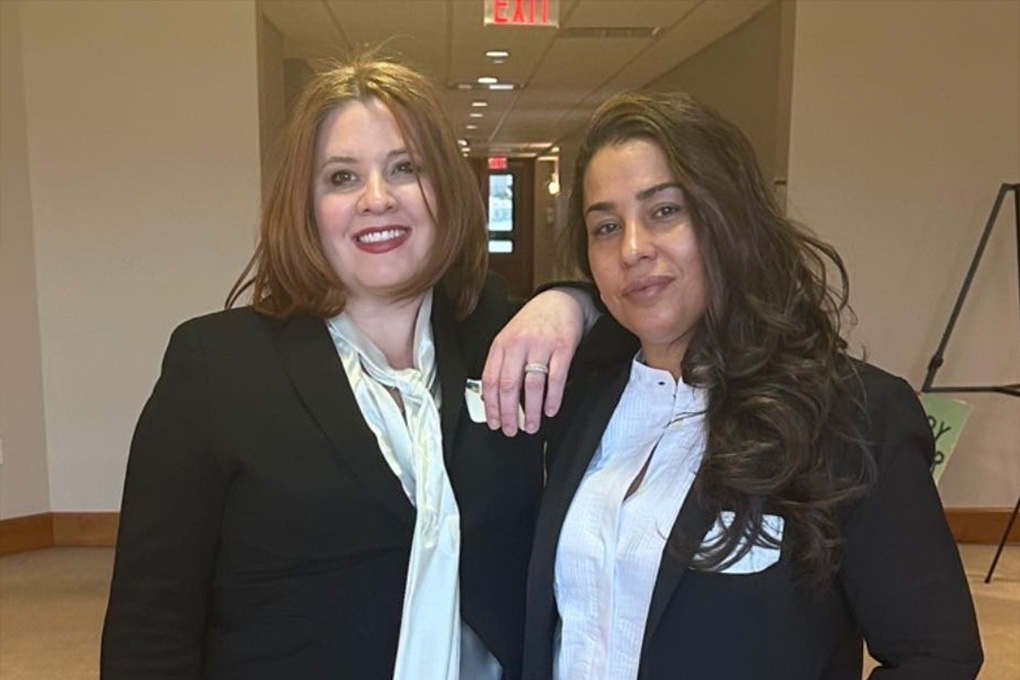This reflection by Patricia Howard ’15 is part of the Community Voices op-ed series for the BPI Public Health Journal. Through the COVID-19 crisis, BPI alumni, staff, and faculty will be posting reflections about their work and response to the virus here on the BPI Blog.

Emergency and disaster planning professionals commonly recognize the necessity of community participation in research, policy implementation, and practices promoting effective disaster preparedness. This is particularly essential for institutions serving society’s most vulnerable populations: those in precarious housing situations. And though institutions that provide housing for people that have been homeless or are returning home from prison are often considered liabilities among neighbors and communities, the conventional wisdom is wrong. In times of crisis, these institutions can provide essential resilience, resources and expertise to communities rich or poor. However, effective disaster plans must account for the specific obstacles encountered by vulnerable communities. In the midst of the current COVID-19 pandemic we must work collectively so that the most vulnerable populations do not bear a disproportionate burden. It is at the crossroads of public health and disaster/emergency management that my education and experience have prepared me to contribute to efforts to alleviate that burden.
My coursework in public health while a BPI student prepared me to analyze how social structures and individual behaviors shape a community’s health. Through my studies, I learned about public health issues that arise from disasters and catastrophic events, both natural and man-made. In the aftermath of hurricanes and terrorist attacks, it has become clear that disasters are not equal opportunity; disparities exist.
My investment in public health, disaster preparedness, and emergency management came together this year in my project for the BPI Public Health Fellowship. In it, I explore ways to increase disaster preparedness in transitional and homeless facilities in Harlem. The project was also born from my experiences as a resident of both transitional facilities and a homeless shelter. I had learned from research and personal experiences that effective disaster plans must account for the specific obstacles that I have personally encountered myself. My research design included measuring and examining the efficiency and effectiveness of existing emergency management plans (EMPs) of transitional and homeless facilities in Harlem. In preparation, I developed a questionnaire to use as my guidepost for semi-structured interviews at four facilities.
My interviews were scheduled for early March and I was anxious to begin. But, as concern for COVID-19 grew, the interviews were canceled for reasons connected to the emergence of the pandemic. I reached out to offer connections to community resources and to reschedule the discussion via telephone conferencing, initially without response. While my efforts with staff members stalled, I was able to reach out to residents at two of the four facilities. During an informal check-in, they expressed concern that they did not know what was going on, depended on the television for emergency information, and did not know what the “game plan” was if the situation got worse and residents began to contract and spread COVID-19. My heart grew heavy and concern deepened when one resident said “Hey, I spent 24 years in Attica and more days than I like to say in the box. These people aren’t going to be my end.”
Transitional housing facilities are hardly the only institutions insufficiently prepared for a pandemic, but the effects there will likely be severe. How might these transitional housing facilities and shelters have been as prepared as possible for the crisis of an easily transmitted infectious disease outbreak? And how might they have communicated their preparedness plans and protocols better to the residents? Answers to these questions require harnessing the lessons of public health, emergency management and disaster preparedness to a clearly delineated set of best practices that might include:
- Establishing and operationalizing clear lines and modes of communication between administration, staff, and residents –which could do much to alleviate or at least reduce anxiety, especially for residents who share close living spaces with several or more individuals and are not able to self-quarantine;
- Providing sufficient training for building staff to communicate self-quarantine protocols to residents who are able to isolate;
- Building staff recognizing high-risk residents with a mental health disorder, history of isolation or self-harm, for whom the crisis can be debilitatingly frightening and/or triggering;
- Identifying residents with active substance abuse issues and connecting with remote support (this is particularly challenging because the use of drugs and alcohol is not permitted and self-reporting is avoided for fear of reprisals);
- Ensure that staff and residents have sanitizing and protective gear available while in common spaces;
- Keeping touchpoints consistently sanitized, i.e. doorknobs, light switches, handrails, bathroom surfaces and fixtures, trash cans, computer keyboards, desks and phones; and
- Ensuring an adequate number of staff appropriately trained to execute and administer EMP, including front desk and caseworkers.
While all of these practices are important, the most crucial is to include residents in the planning and decision-making process in preparation for and response to an emergency such as the COVID-19 crisis. This would go a long way toward ensuring that the people most vulnerable to the disproportionate burden of disease and disaster can protect themselves and in doing so protect their communities.
Patricia Howard ‘15 is the acting Department Coordinator on the Event Strategy and Production team at the Ford Foundation. She earned her associate degree through BPI from Bard College and her bachelor’s degree from CUNY – both with a focus in Public Health. She and plans to pursue graduate studies next year.
Further reading: https://www.csh.org/resources/covid-19-guidance-for-supportive-housing-providers/



